Turns Out, Vegans *Can* Get Enough Protein—A Nutritionist Explains
We're spilling the beans. The post Turns Out, Vegans *Can* Get Enough Protein—A Nutritionist Explains appeared first on Camille Styles.

Step aside, stereotypes. The era of plant-based protein is here. And good news: thriving on plants isn’t just a trend. It’s a protein-packed reality. Forget outdated myths of protein deficiency—getting plenty of protein on a plant-based diet really is possible. Thanks to the lush landscape of grains, legumes, fruits, and veggies, prospering on plants is only a grocery haul away. As we look to 2024, it’s time to debunk nutrition misconceptions and give you the tools to thive on a vegetarian or vegan diet. Today we’re breaking down what it looks like to eat abundantly and fully-nourished on a plant-based diet. Scroll on to discover the best veggie-centric protein sources, how to combine plants to get the most bang for your buck, and recipes to bring it to life.

Do you need protein?
Yes, need. Protein is fundamental in sustaining life. It serves as the blueprint for growth, repair, and maintenance. It’s the primary building block of everything from tissues to hormones. Said differently: protein plays a crucial role in virtually every physiological function. As such, it’s an essential nutrient—one of three macronutrients we need for survival (along with carbs and fats!). In that vein, it’s not just a luxury reserved for bodybuilders. From toddlers to seniors, protein is a universal necessity.
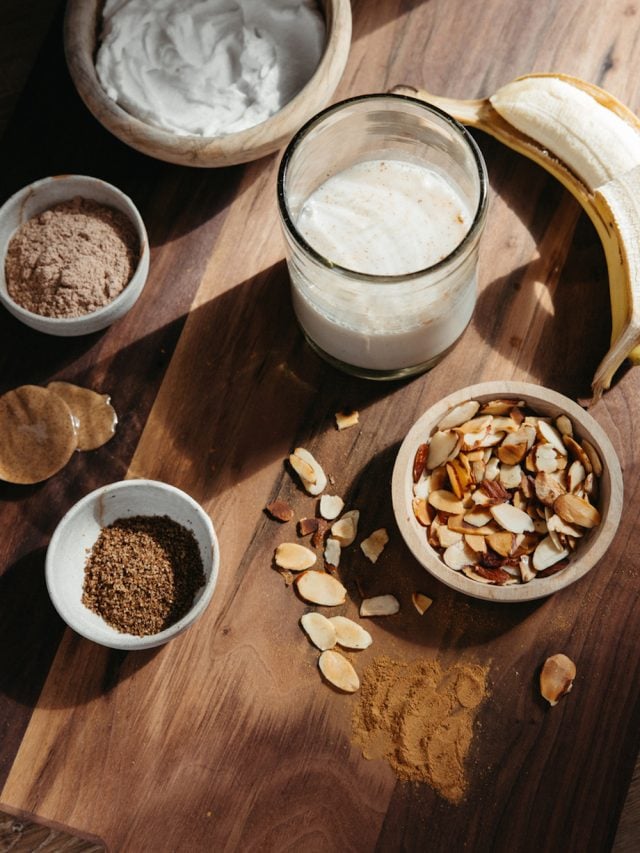
Fueling More Than Your Muscles
Spoiler alert: protein’s importance extends far beyond muscle maintenance (or growth!). It supports the immune system, proper digestion, and a robust metabolism. Eating enough protein also ensures healthy skin, hair, and nails—all things we love. Furthermore, protein is key for stable energy and satiation. In turn, this aids in blood sugar regulation and hormone balance. Last but not least, protein plays a pivotal role in immune health. It helps your body defend against infections and diseases. In more ways than one, protein is a multifaceted superstar.
Breaking Down Protein: Essential Amino Acids
What makes up protein? Amino acids. When proteins are digested or broken down, amino acids remain. In other words, these small organic molecules help construct proteins. And they’re classified into three groups. Our bodies can produce some amino acids, but nine are deemed essential. Meaning, we must obtain them through our diet. These include histidine, isoleucine, leucine, lysine, methionine, phenylalanine, threonine, tryptophan, and valine.
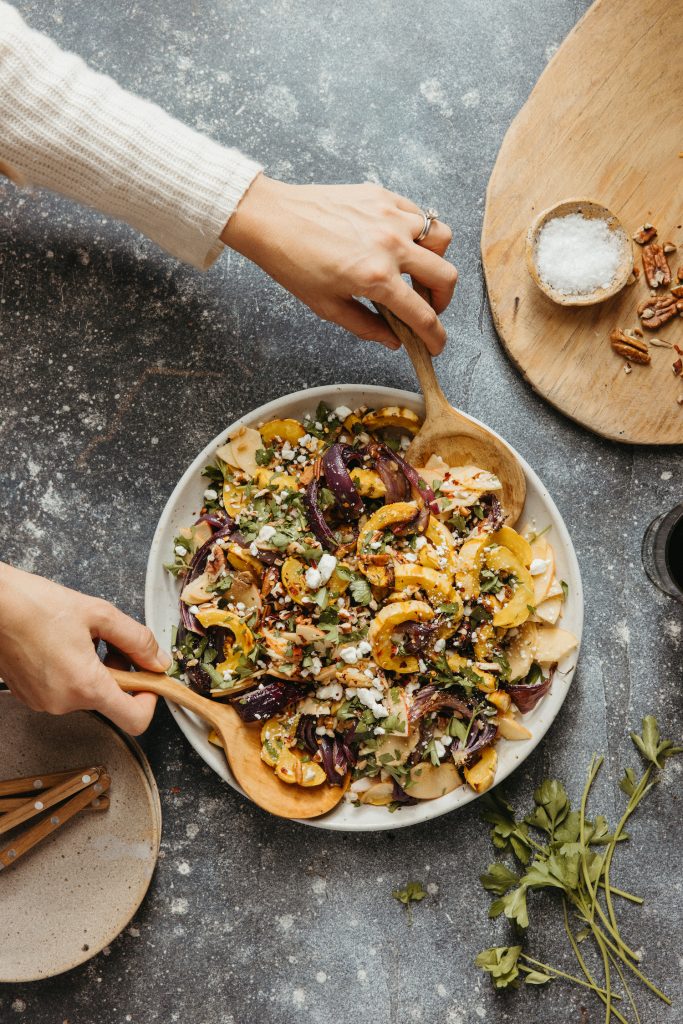
Do plant foods contain all essential amino acids?
Many plant proteins—like protein-rich fruits, beans, lentils, and nuts—aren’t quite complete proteins (but are very close). However, there are some plant foods that contain all nine essential amino acids: soy products, quinoa, amaranth, Ezekiel bread, spirulina, nutritional yeast, hemp seeds, and chia seeds. In essence, different foods contain different amounts of essential amino acids. Generally speaking, animal protein—like poultry, beef, fish, and dairy—have all nine essential amino acids. These are known as complete proteins.

Animal Protein vs. Plant-Based Protein
As to whether or not one is a superior choice, the answer is a bit more nuanced than a simple yes or no. Context matters. What are your specific dietary and nutritional goals, as well as your preferences and health considerations? At the end of the day, it’s essential to focus on overall dietary patterns and make choices that align with your health and lifestyle goals. That said, these are a few factors to consider:
Nutritional profile
Animal protein sources are often complete proteins, meaning they contain all essential amino acids for human needs. In other words, if you consume animal products, they can provide a more straightforward way to obtain these nutrients.
Bioavailability
Animal proteins are generally more readily absorbed and utilized by the body. However, with proper cooking and food combinations, plant foods can do the same. More on this, below!
Health considerations
It’s no secret that plant-based diets are beneficial for heart health, given their lower saturated fat and cholesterol content. Additionally, plant-based diets tend to be higher in dietary fiber, antioxidants, and phytochemicals—all of which have numerous health benefits.
Ethical and environmental factors
For the most part, plant-based diets have a lower environmental footprint. Not to mention, choosing plant-based protein minimizes concerns about animal welfare.

Can you get all the protein you need from a vegan diet?
Absolutely. As long as you eat a wide variety of foods, you can certainly get the protein you need. If you eat a strict vegetarian or vegan diet, focus on diversifying your plant foods (aim for 30+ plants, every week). In turn, you’ll ensure an adequate mix of essential amino acids. You’ll also want to consider a vitamin B12 supplement. When in doubt, work with a plant-forward healthcare provider to make sure you’re not at risk for nutrient deficiencies.
Combining Plant Foods to Create Complete Proteins
Ultimately, the goal is to eat meals with complete proteins—not just for satiation, but to fuel your hard-working cells. As mentioned, many plant-based foods are incomplete on their own. However, pairing complementary plant sources is the key. Here are classic examples:
Legumes and grains. Pair legumes (beans, lentils, chickpeas) with grains (rice, quinoa, wheat) to create a complete protein profile. Think: rice and beans or a lentil dish with quinoa. Legumes and nuts/seeds. Combining legumes with nuts or seeds provides a well-balanced amino acid profile. For instance, hummus with whole-grain bread or a salad with beans and sunflower seeds. Grains and nuts/seeds. Similarly, whole grains—combined with nuts or seeds—can offer a complete amino acid profile. Add a spoonful of peanut butter or a handful of sliced almonds to your oatmeal. Tofu or tempeh with grains. Toss a bowl of whole grains with tempeh. Otherwise, stir-fry tofu with quinoa. Nutrient-packed smoothies. You’ll ensure a broad spectrum of amino acids by adding greens, seeds, nut butter, and plant-based protein powder to your favorite fruit smoothie.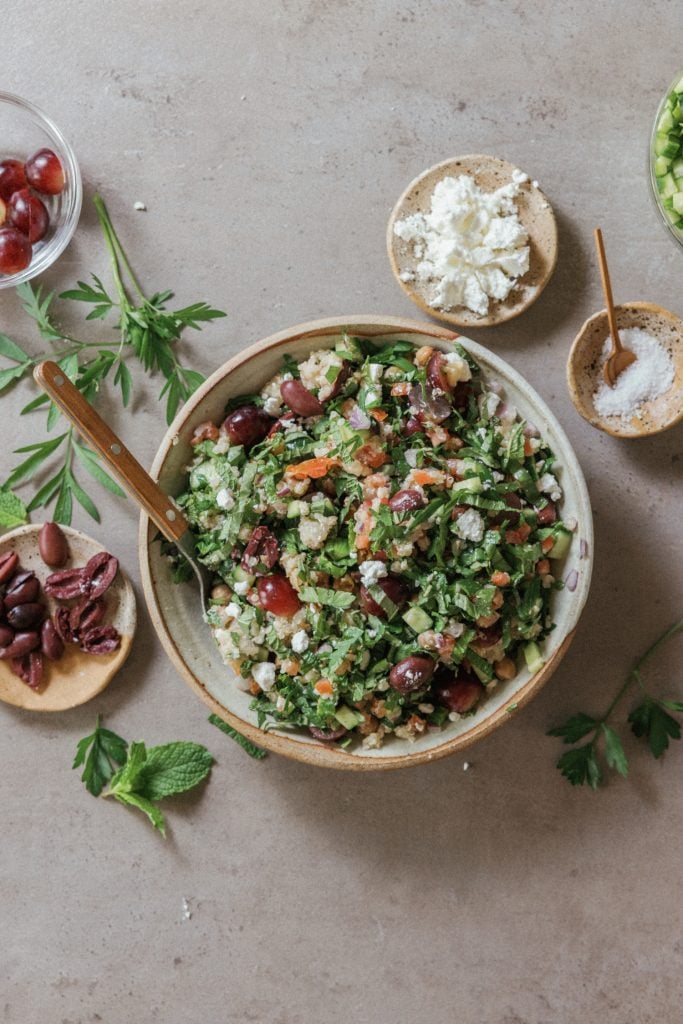
The Best Sources of Vegan Protein
With diversity in mind, below are vegan protein options. Each contain approximately 8-10 grams protein!
Tree nuts (almonds, Brazil nuts, cashews, hazelnuts, macadamia nuts, pecans, pistachios, walnuts, etc.): 1/4 cup Nut butters: 2 tablespoons Seeds (pumpkin seeds, sunflower seeds, etc.): 3 tablespoons Hemp seeds: 2 tablespoons Tofu: 1/2 cup Tempeh: 1/3 cup Lentils: 1/2 cup, cooked Beans (black, pinto, etc.): 1/2 cup, cooked Chickpeas: 3/4 cup, cooked Nutritional yeast: 3 tablespoons Spirulina: 2 tablespoons Amaranth: 1 cup, cooked Quinoa: 1 cup, cooked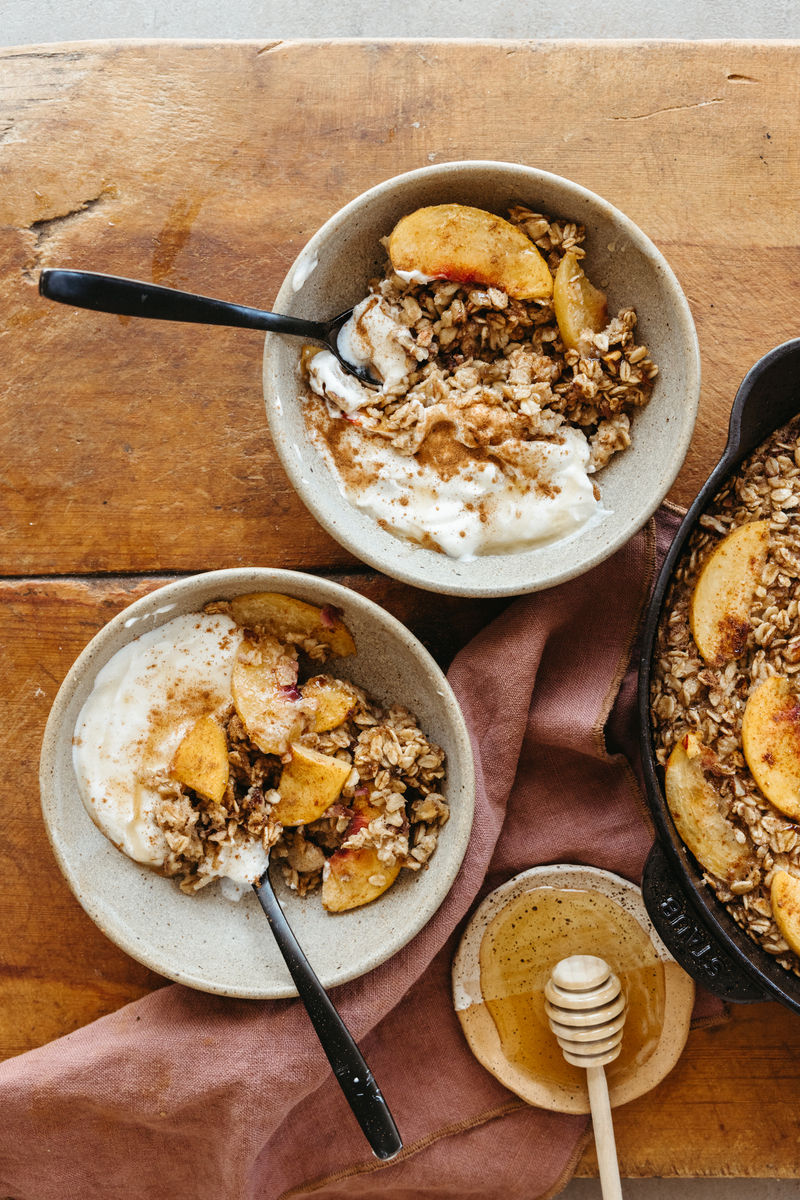
Opt for Minimally-Processed Plant Foods
These days, meat substitutes are a dime a dozen. While they’re convenient, most are chockfull of inflammatory oils, binders, sodium, and a laundry list of ingredients. Instead, opt for minimally-processed plant foods. Think: legumes, grains, nuts, and veggies. These are more ideal than processed vegan meat/dairy alternatives. Plus, they’re typically easier to digest. When possible, harness the wholesome goodness of plant-based nutrition—while avoiding the pitfalls of ultra-processed alternatives.

6 Protein-Packed Savory Dishes
In need of Meatless Monday inspo? We have you covered. These are our tried-and-true, plant-forward recipes. Trust us, you won’t miss the meat.
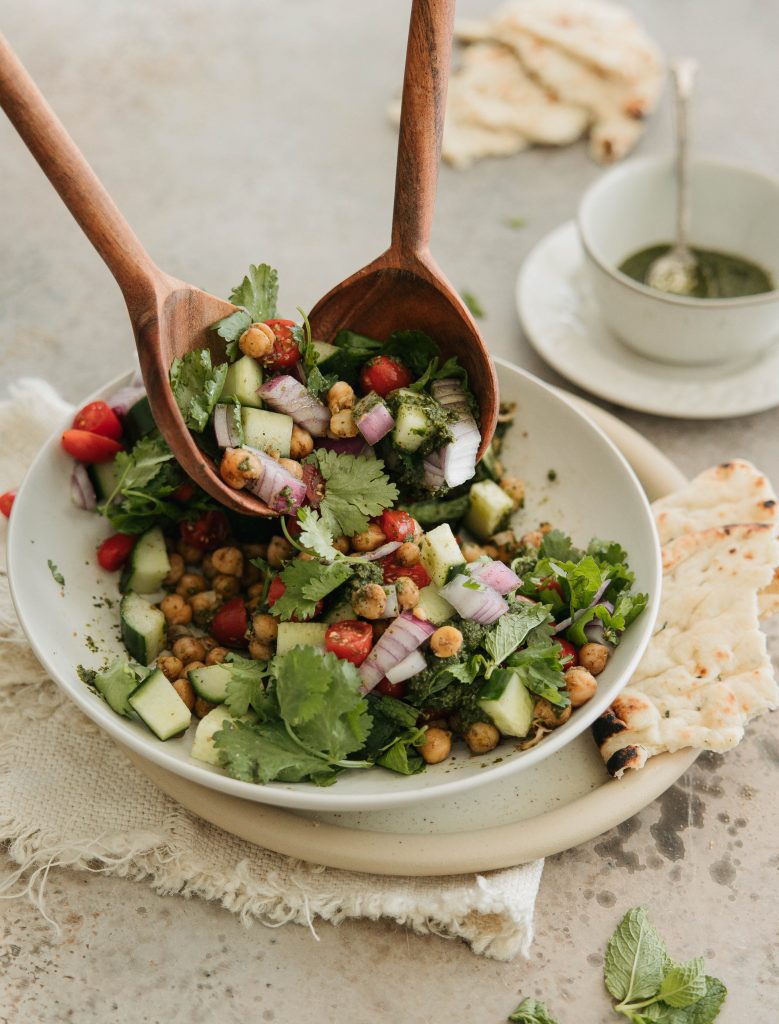
1. Cumin Chickpea Salad With Mint Chutney
A burst of flavor in every bite, this chickpea salad combines the goodness of ghee, sea salt, freshly cracked black pepper, garam masala, and ground cumin seeds.
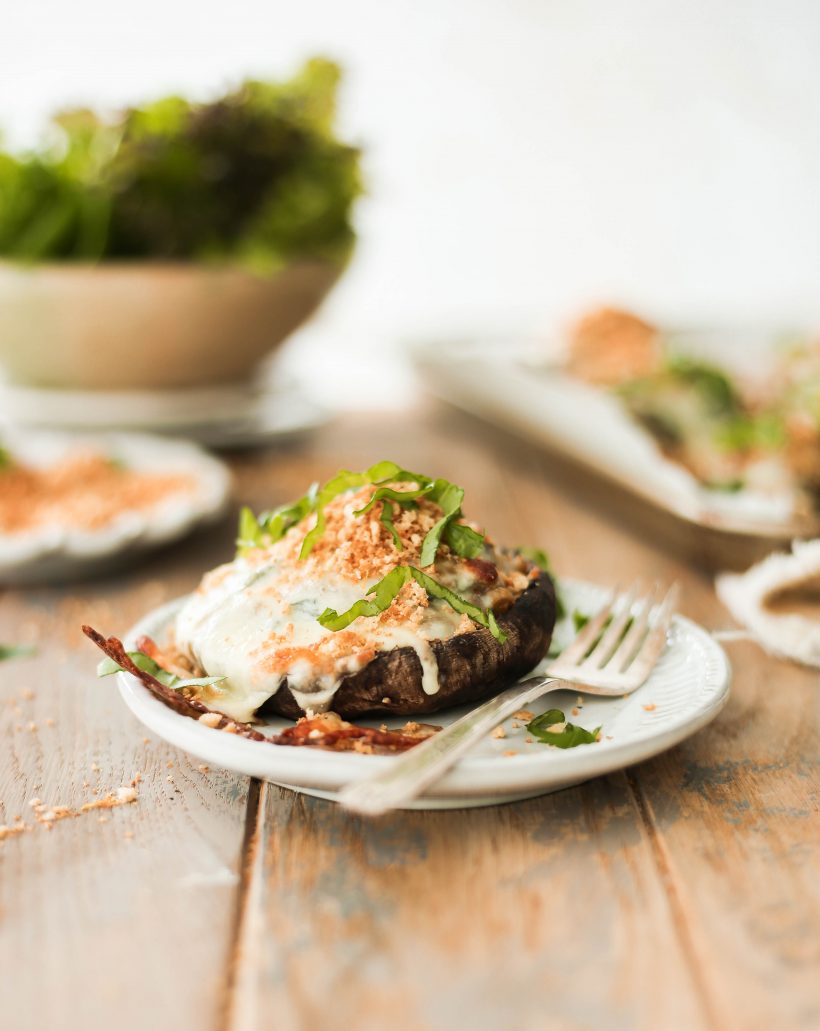
2. Caramelized Onion And Spinach Stuffed Portobello Mushrooms
These stuffed mushrooms are part comfort food, part high-protein vegetarian meal. Even the pickiest meat-eaters love this. Slowly-cooked caramelized onions—and a sprinkling of parm and mozzarella—give these veggies the ultimate treatment.
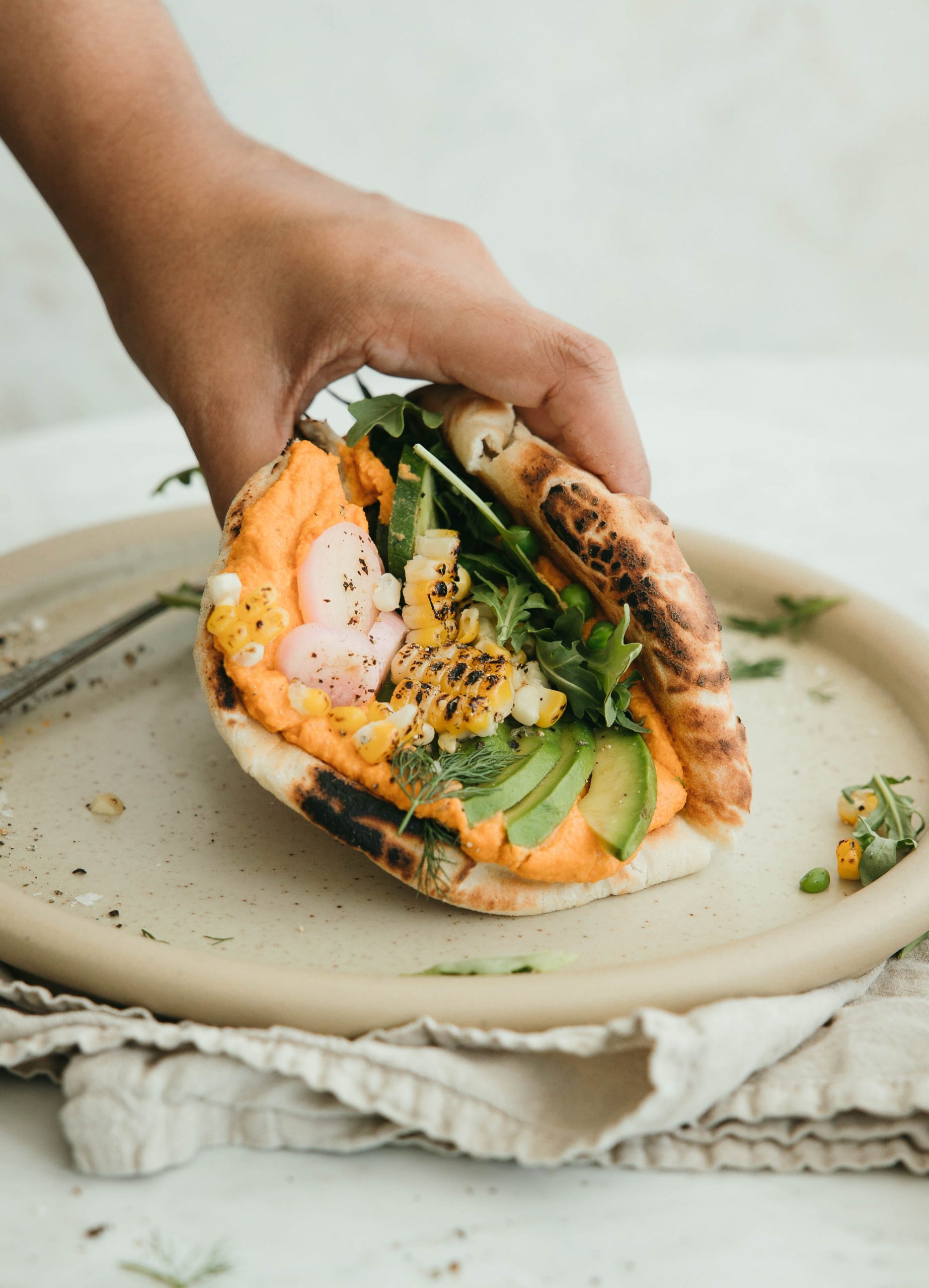
3. Vegan Flatbread With Roasted Carrot And Red Pepper Hummus
Clean out the fridge and get a dose of plant protein? Sign us up. This stunner of a flatbread checks all the boxes. It’s creamy, crunchy, flavorful, and oh-so-satisfying.
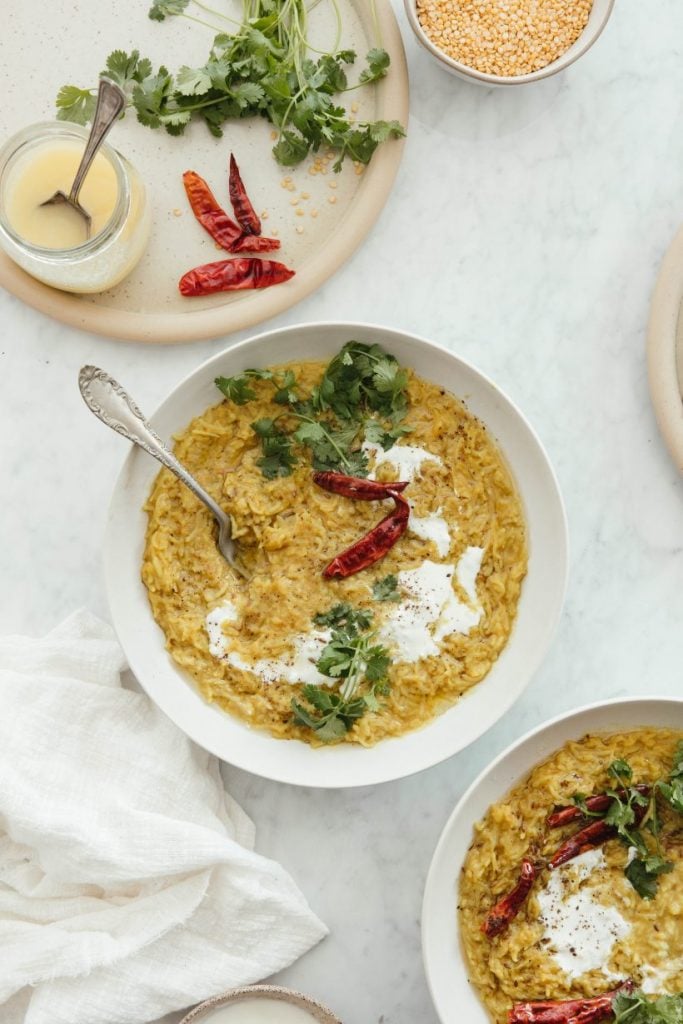
4. Kitchari
A complete source of protein, kitchari combines grains and beans in a stunner of a traditional recipe. With its blend of warming spices, a bowl of kitchari is as nourishing as it gets.
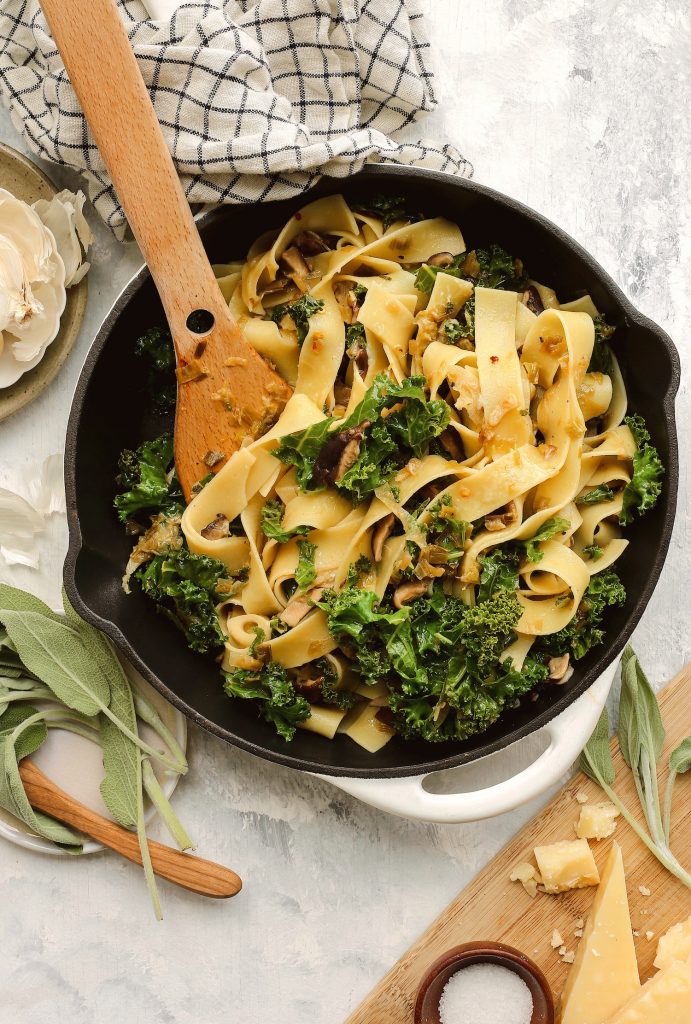
5. Shiitake Kale Pappardelle
Very little beats a high-protein, pasta-packed vegetarian meal. This is the weeknight meal you’ll return to, again and again. Greens and grains never tasted so good.
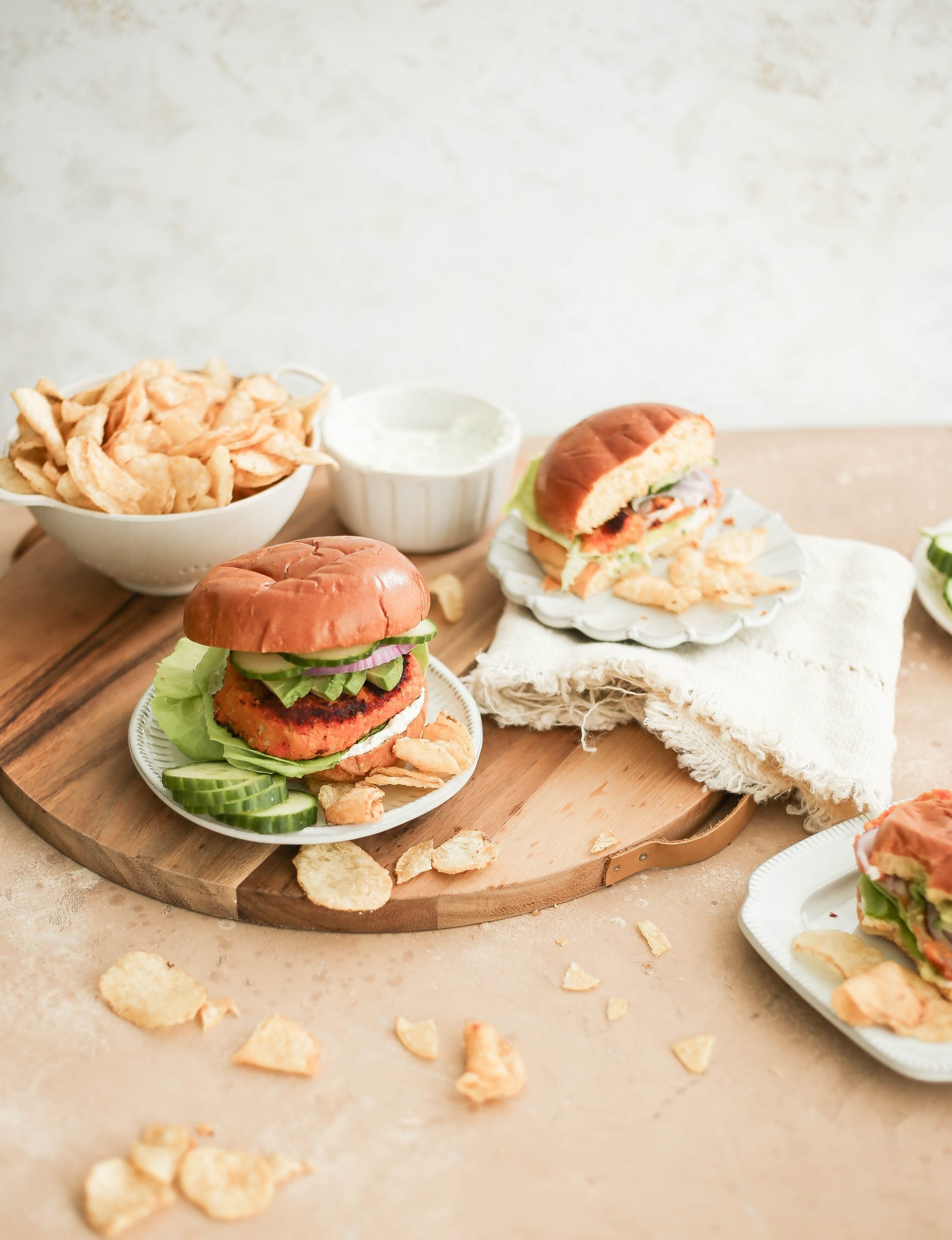
6. Sweet Potato Falafel Veggie Burgers
Panko breadcrumbs for the win! They add structure and texture to this veggie-packed falafel burger, mimicking meat to a T. These are a truly filling and fun dinner option.
Drooling yet? We have plenty more plant-based protein meal ideas to satisfy every craving.

 JimMin
JimMin 






























![TikTok Outlines Order Fulfillment Options for TikTok Shop [Infographic]](https://imgproxy.divecdn.com/Kf6FeKCpAcUY-vn8l0qFNvTVvaEaDzoZmr6DgC0E8KY/g:ce/rs:fit:770:435/Z3M6Ly9kaXZlc2l0ZS1zdG9yYWdlL2RpdmVpbWFnZS90aWt0b2tfc2hvcF9sb2dpc3RpY3MucG5n.webp)

